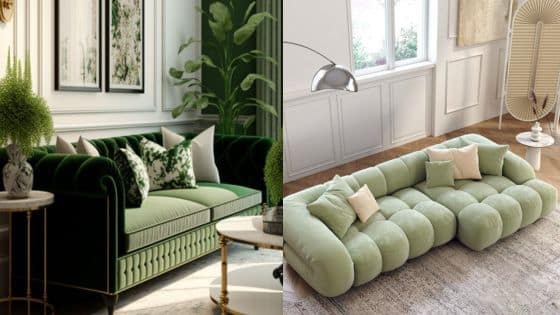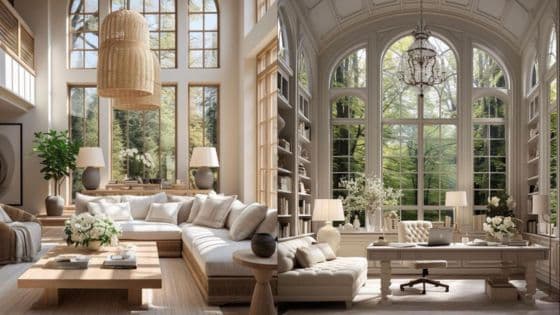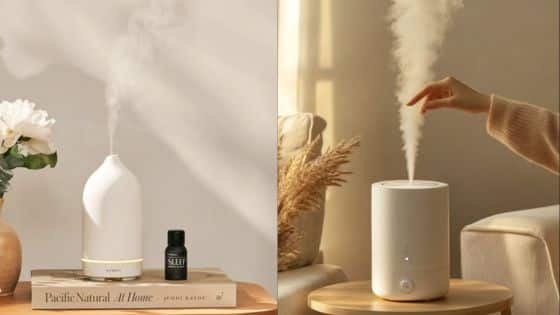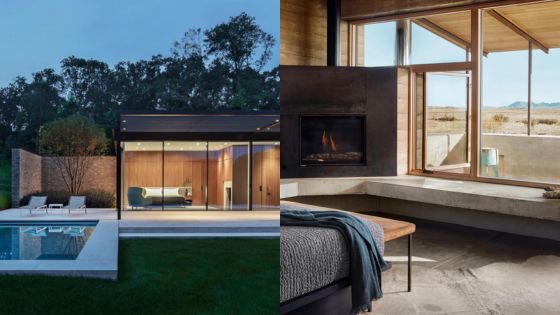Ever wondered why some rental spaces just feel perfect? It’s no coincidence. Behind every great guest and tenant experience is a designer and a landlord who know how to craft an environment where your lifestyle and preferences matter.
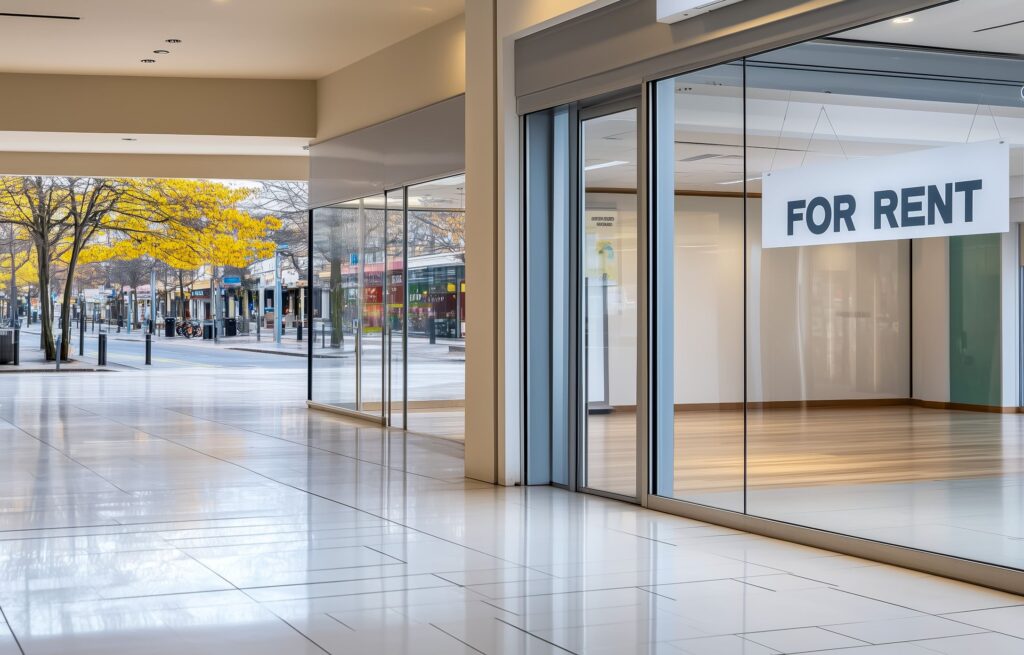
But how do they do it? Let’s discuss the tools and methods that transform every space from ordinary to extraordinary.
Tactic #1: Using Tech Tools for Convenience
The global commercial real estate sector outlook is promising, especially for rental properties. As the market is competitive, building owners who use technology to offer more value and high-quality experiences are more likely to enjoy better occupancy rates.
Property Management Software
Property managers should embrace digital transformation to make their lives less complicated. It’s time to get rid of checklists and spreadsheets and use a property management and operations platform. These technologies reduce friction in everyday tasks, including managing service requests and lease renewals.
Such solutions are flooding the market, and it can be overwhelming to choose the right one. To avoid buyer’s remorse, study your workflows and identify which products have features that address your needs. Learn more about each option thoroughly by scanning their pages and reading customer reviews on unbiased sites.
Tenant Experience Platforms
These solutions aim to enhance tenant satisfaction by allowing them to access services and information and communicate with property managers directly. An AI-powered virtual assistant is available 24/7 to respond to common questions.
Most have digital booking systems, rent payment processing and history, alongside access control systems. Authorized security personnel may have limited access to these platforms’ visitor management features.
Building Automation Technologies
A good designer knows how to create modern spaces that combine form and function. The entire layout should encourage a flowy movement for ultimate comfort and convenience. Technology plays a crucial role in making this happen.
Smart systems are becoming the norm in modern rentals. They rely on Internet of Things or IoT devices to gather data about key areas that impact customer experience—safety, energy efficiency, and comfort. Sensors are attached to various building systems to trigger automatic adjustments in temperature, lighting, and security. Tenants and guests are greeted with a welcoming ambiance as soon as they enter the building.

Some tech-forward property operators use an intelligence product suite. It’s a collection of tech tools that rely on AI-driven analytics for understanding tenant behavior and implementing predictive maintenance to optimize building operations and living experiences.
Tactic #2: Creating Amenities for Varied Lifestyles
Property owners and designers must know better than to spend a fortune on luxurious facilities. When inspecting a rental property, potential occupants also look at lifestyle amenities. Most buildings have a gym and a pool these days. You have to be more creative to stand out.
Office buildings, for example, could replicate hospitality-inspired environments in the workplace ecosystem. That’s on top of having dedicated spaces with teleconferencing abilities. If you’re catering to busy internet stars, consider offering concierge services and building a soundproof room for podcasts.
How about eco-conscious amenities like a rooftop terrace that can double as event spaces? Simply put, think about your tenants’ lifestyles and hobbies and create spaces where they can pursue them without leaving the building.
Tactic #3: Prioritizing Maintenance and Responsiveness
Building technology and automation exist to make living experiences better, not a reason to skip maintenance work. It’s a proactive service, so waiting for something to break down isn’t a good idea.
Every property manager knows that it pays to conduct regular inspections to catch small issues before they become big and costly problems. Most property management platforms have maintenance management features to address tenant requests, coordinate with vendors, and facilitate preventive maintenance.
Apart from simplifying request and work orders submission, you should provide clear timelines for resolution. When a tenant needs help in fixing a leaky faucet, they shouldn’t wait days for maintenance technicians to arrive. This way, your renters feel heard and valued. It’s the same for other requests, like resource booking.

Tactic #4: Fostering Connection and Community
Community engagement is crucial in any business, rental properties included. Besides providing next level amenities, create an environment where tenants feel connected and supported. You can do this using both offline and online resources.
Designers, first and foremost, must create attractive and functional common areas that promote tenant interactions. Lounges and communal gardens are prime examples. In addition, property teams may organize tenant engagement programs like networking events and fitness classes regularly. You can partner with certain organizations for certain causes or sustainability initiatives.
Use your tenant experience software to create a tenant directory or portal. Otherwise, tap social media for building community forums. Use these channels for announcements and gathering feedback. Launch surveys about their needs and find ways to improve satisfaction. It shows you value their input.
Tactic #5: Using Data to Personalize Experience
A customer relationship management (CRM) and tenant app data both carry a goldmine of information. Access control cards and sensors can tell which spaces are being used and when. These digital tools have reporting and analytics capabilities that provide suggestions on how to improve your operations.
Even so, the most important way to improve and encourage tenant retention is to listen. Establishing a feedback loop can guide your decisions further. Make sure to act on tenant preferences and recommendations. If many are dissatisfied with the spotty WiFi signal in the lounge area, upgrade it. If your tenant experience app frustrates users, improve it, too.
Final Thoughts
A great rental space feels uniquely comfortable and functional, as if it’s made just for your tenants. Building one can be a challenge for owners and designers, but not if they remain intentional and tenant-centric.
Technology plays a key role in building design and maintenance. It assists designers in creating standout spaces and managers in gathering feedback for continuous improvements. Without the human touch, however, all of your efforts will become useless. The ultimate goal is to use both to create spaces where one can embrace life to the fullest.
- 5shares
- Facebook0
- Pinterest2
- Twitter3
- Reddit0








